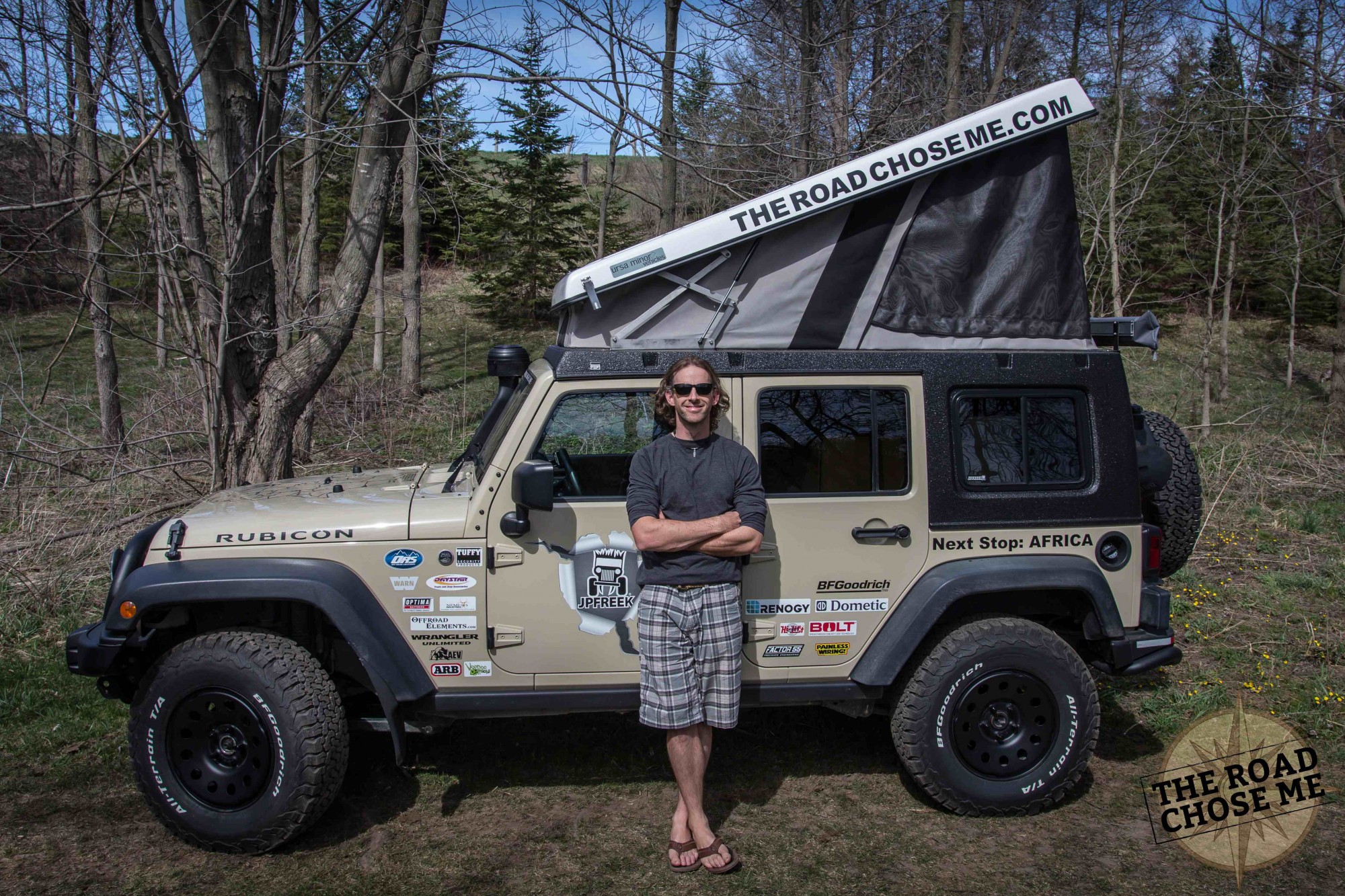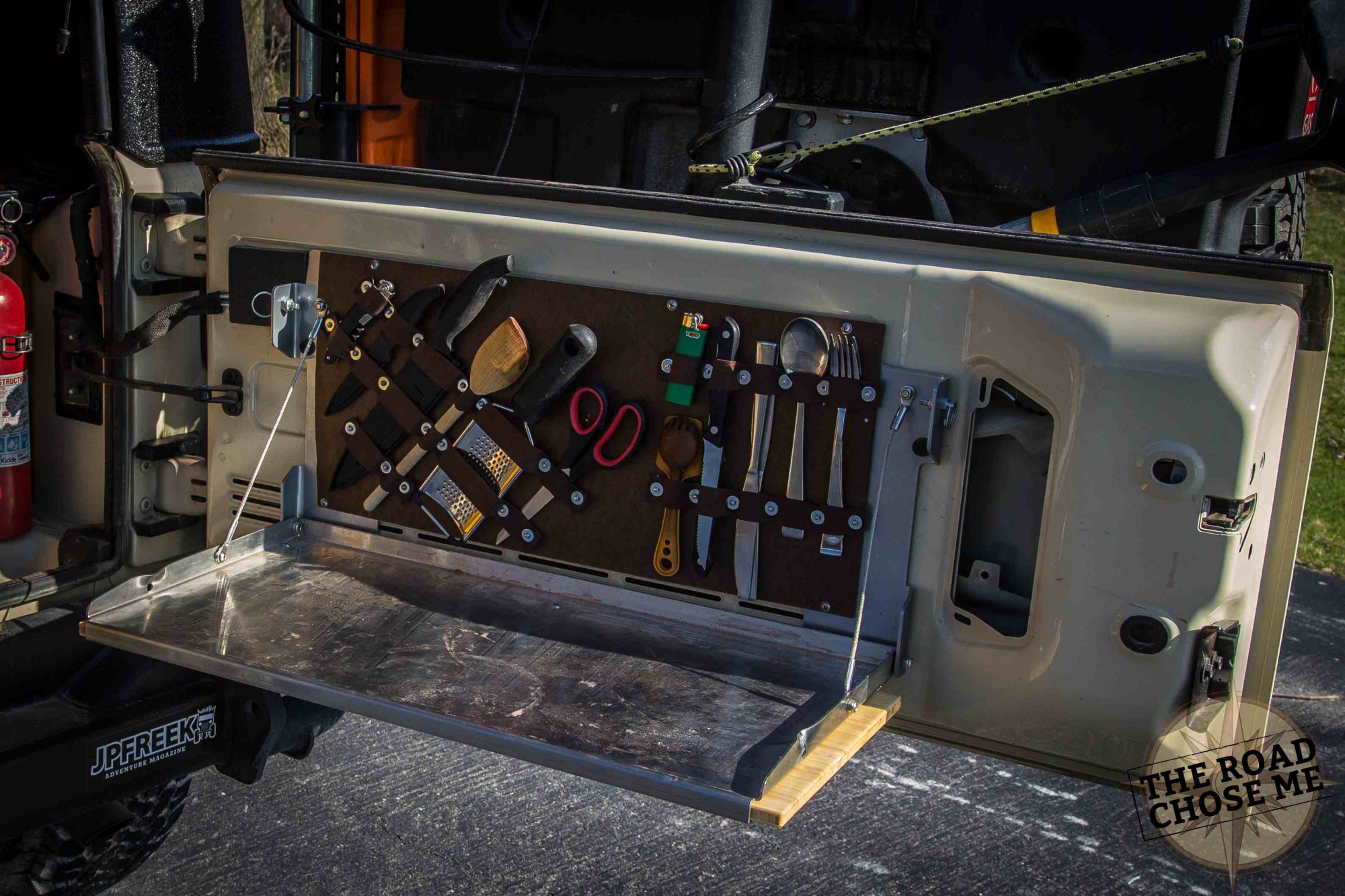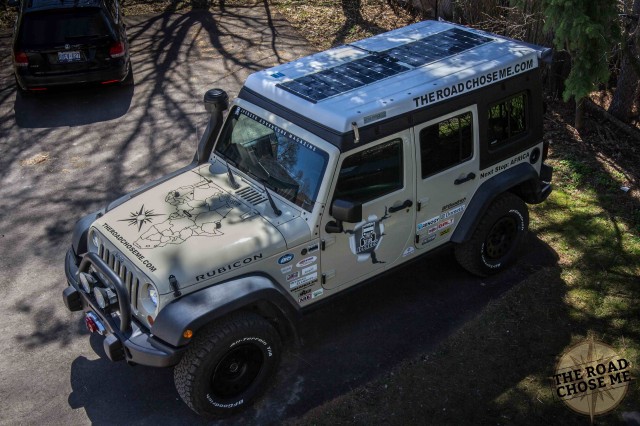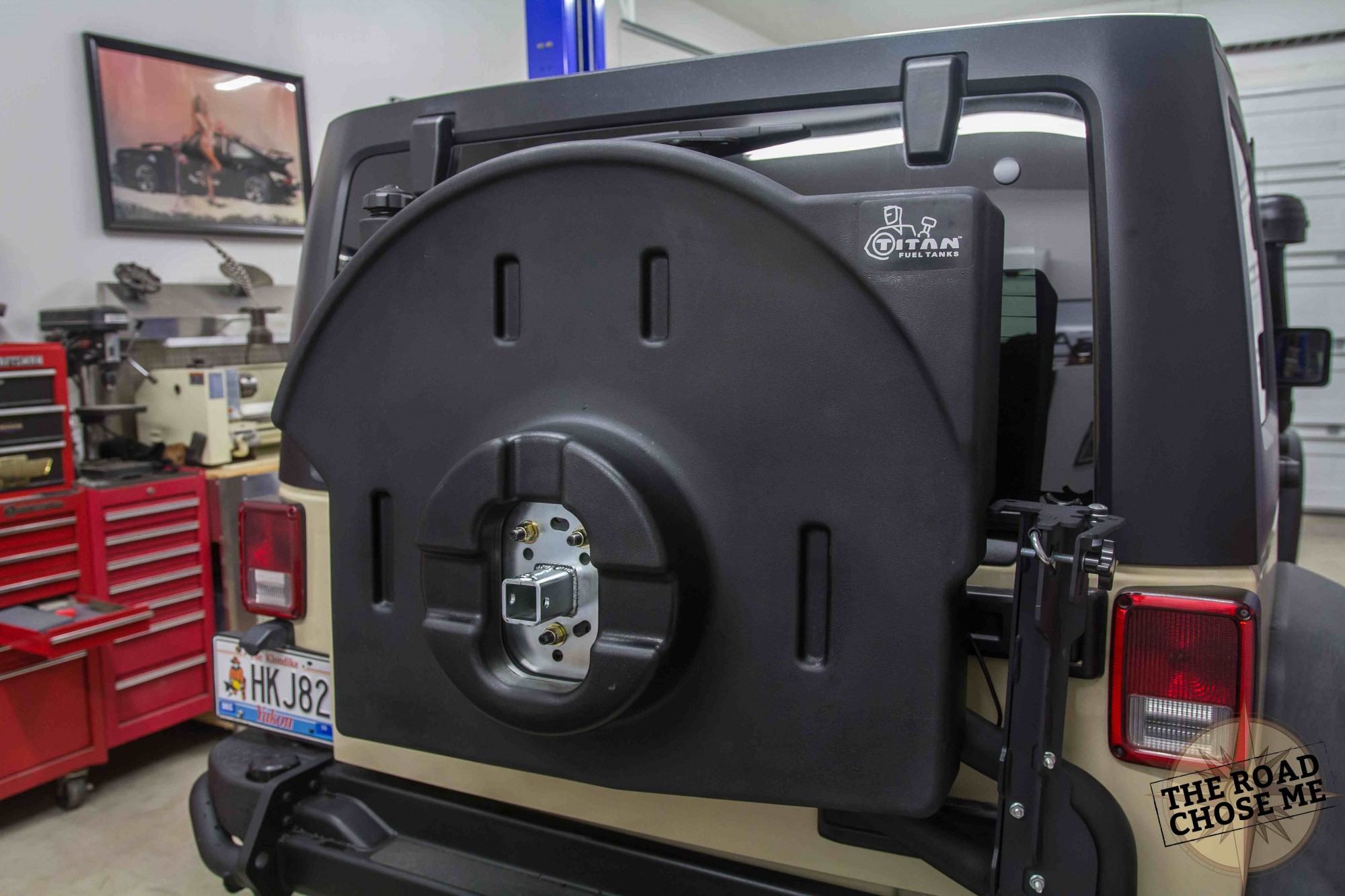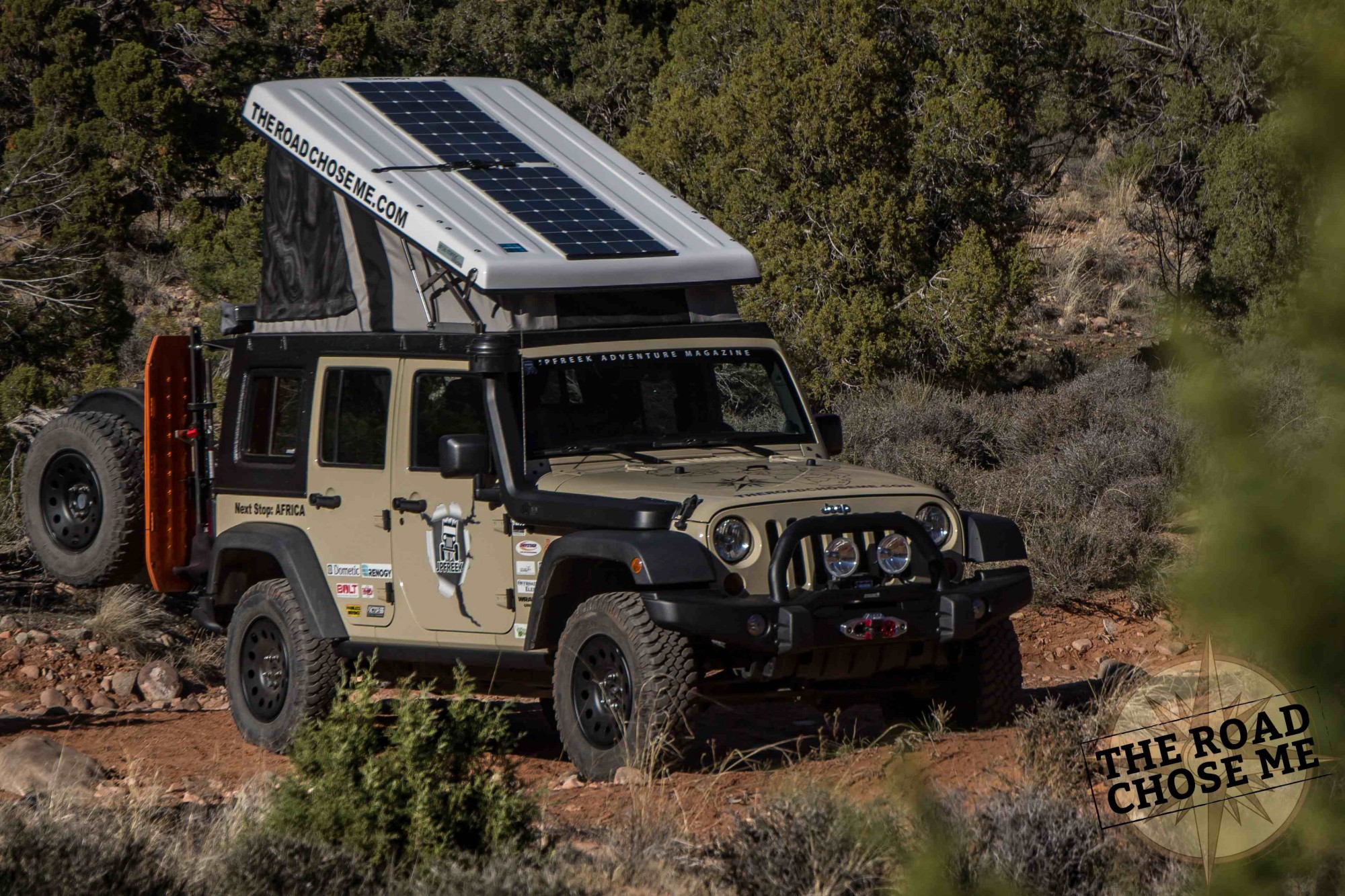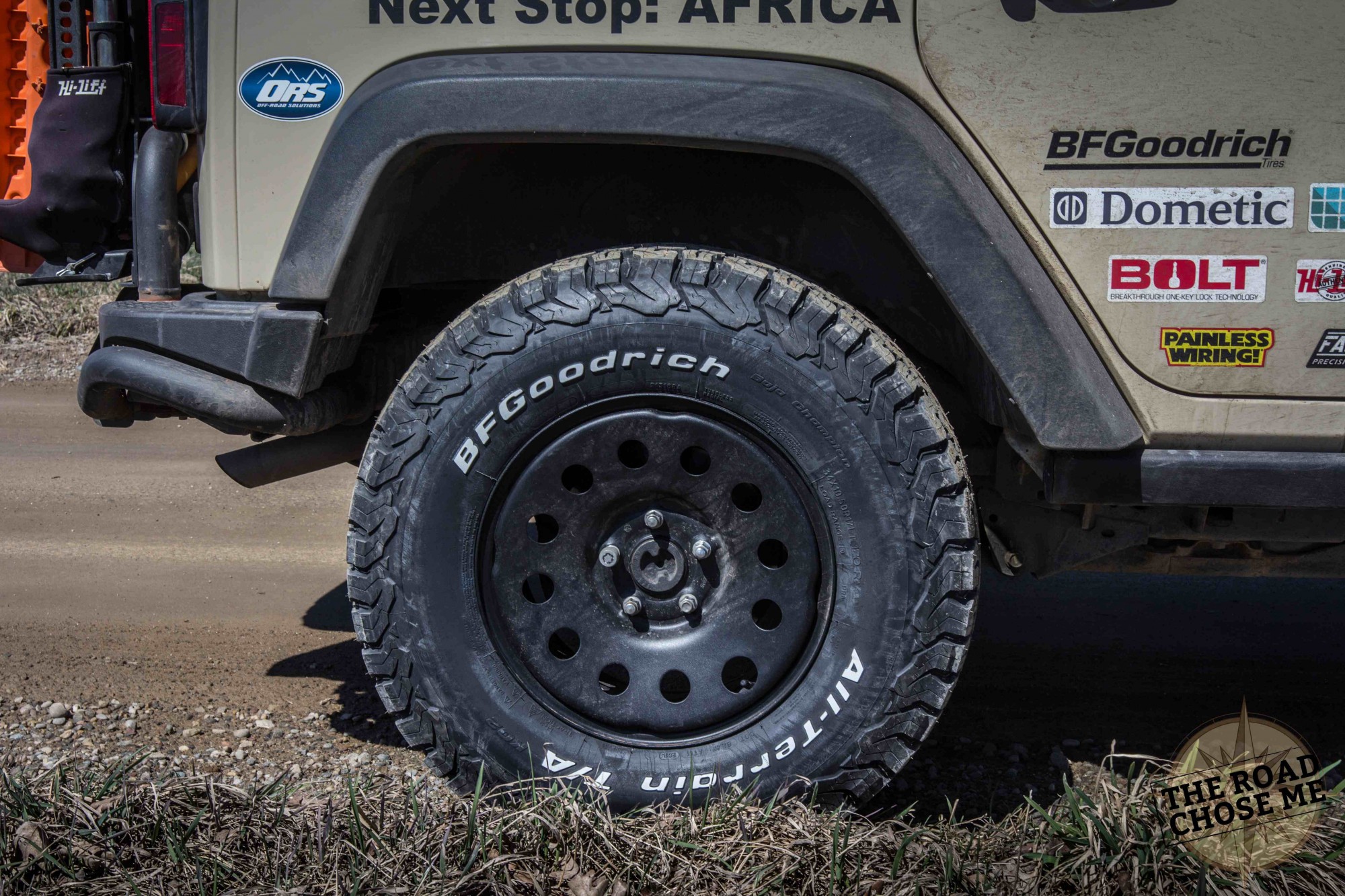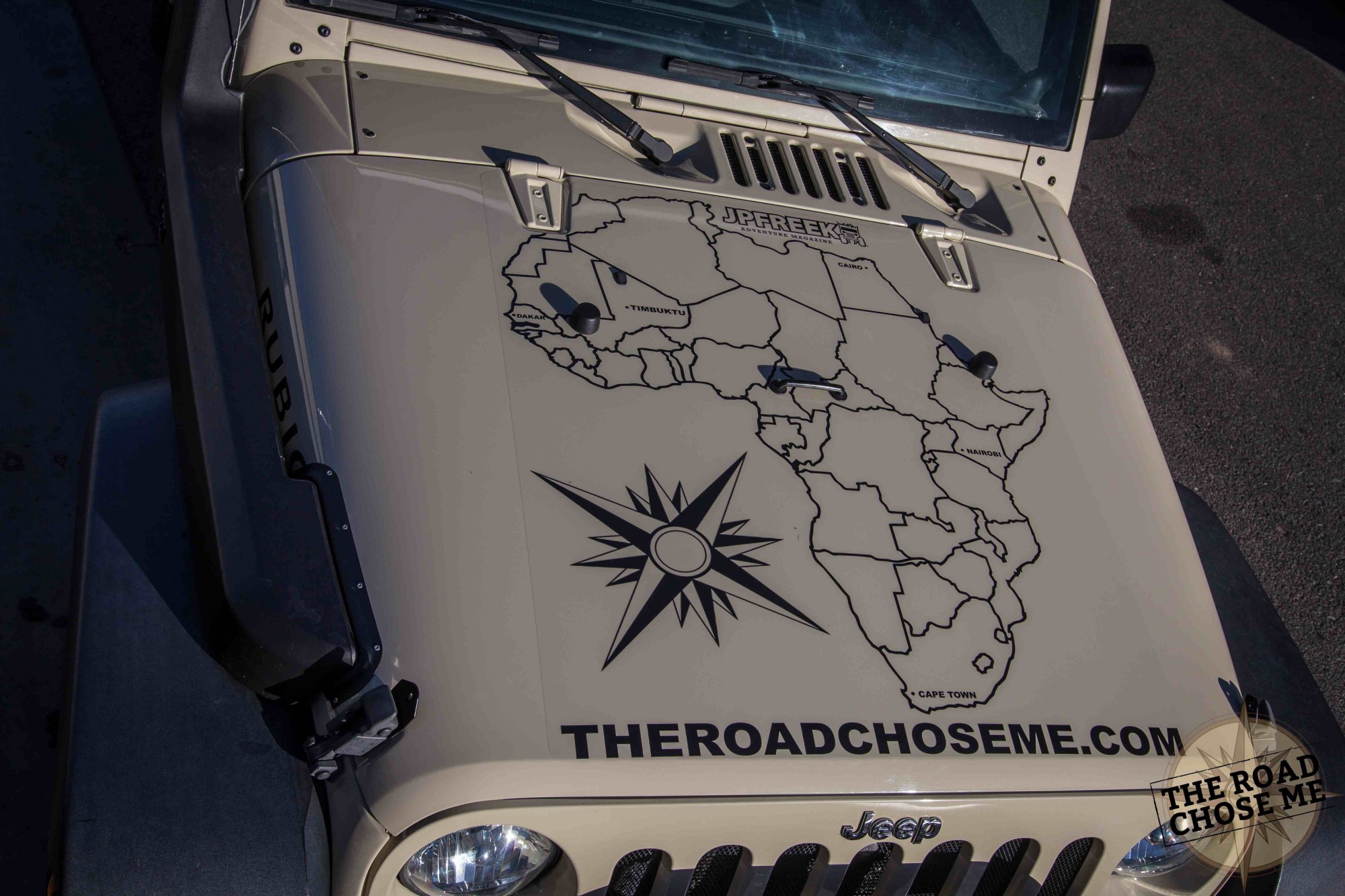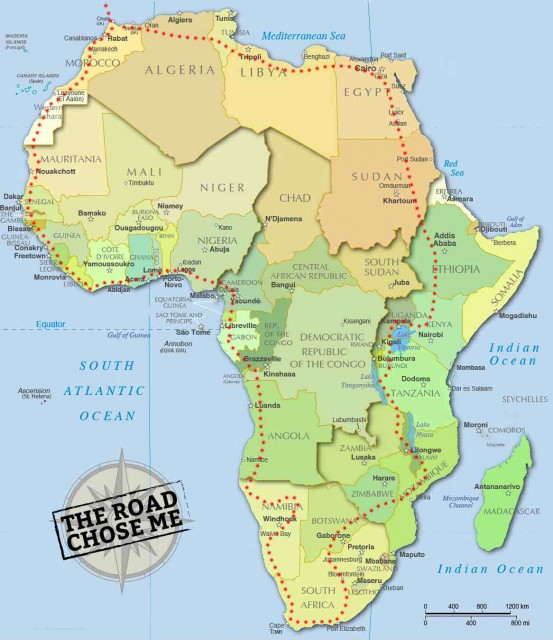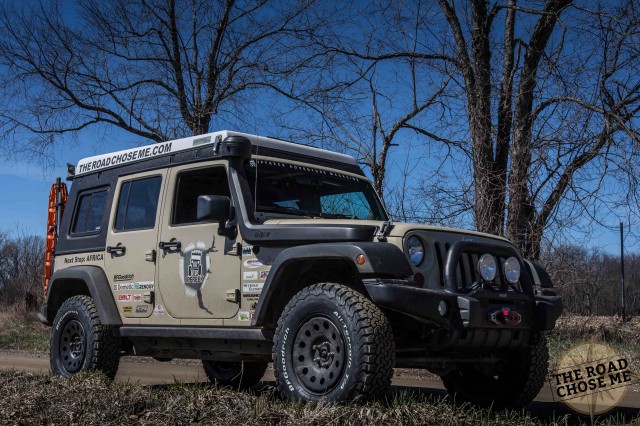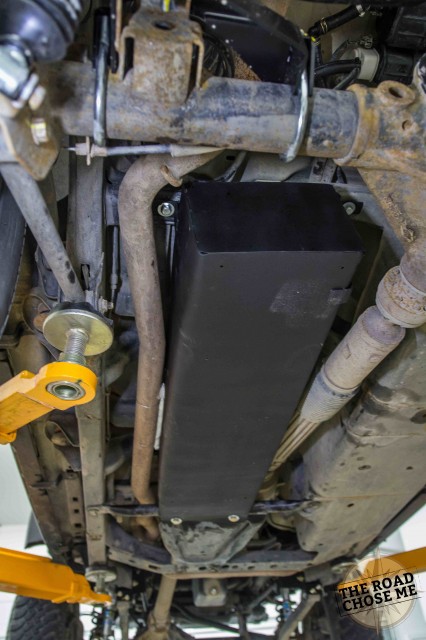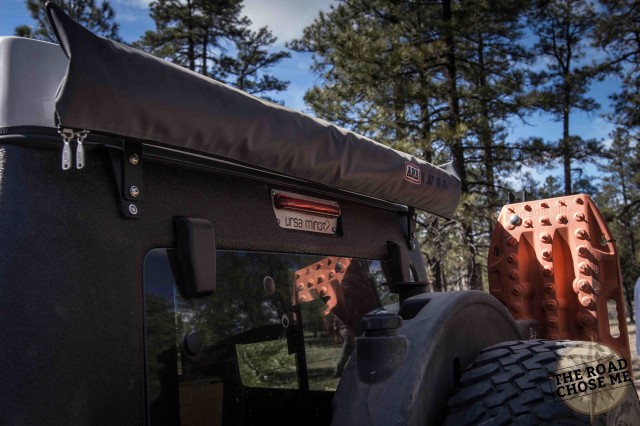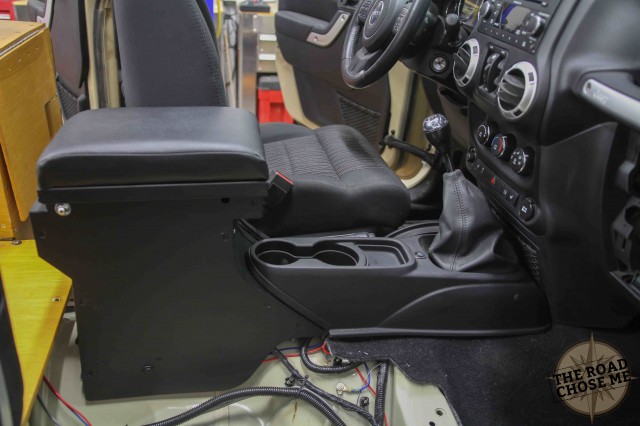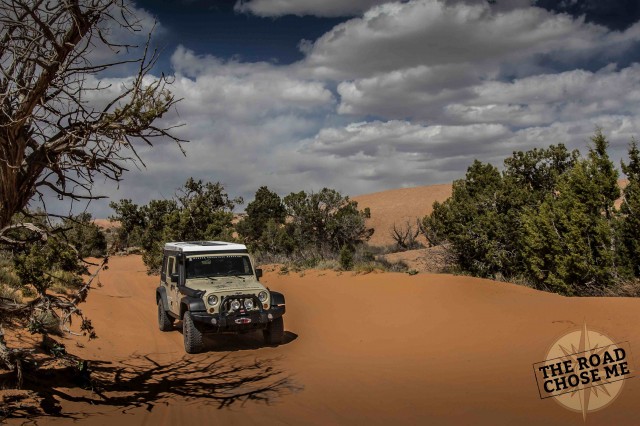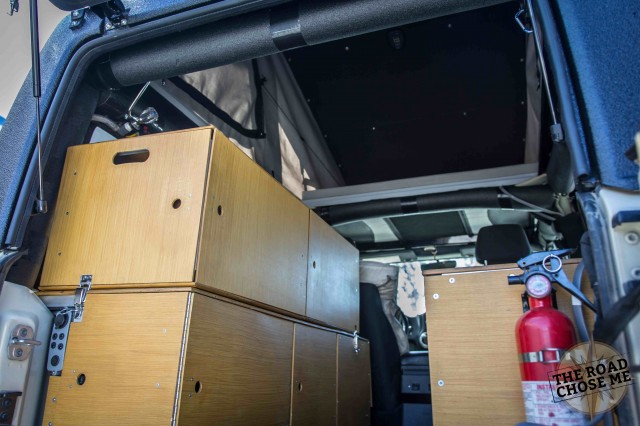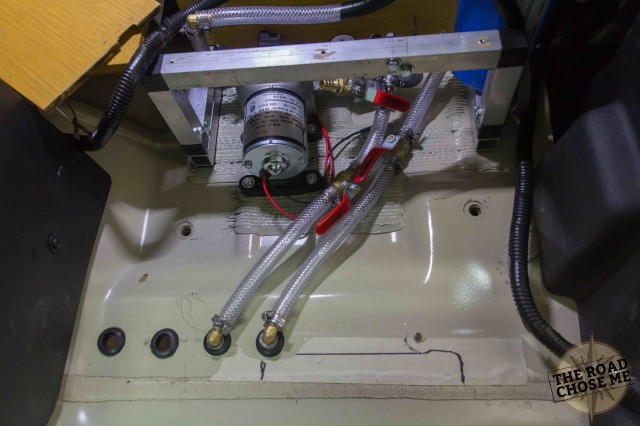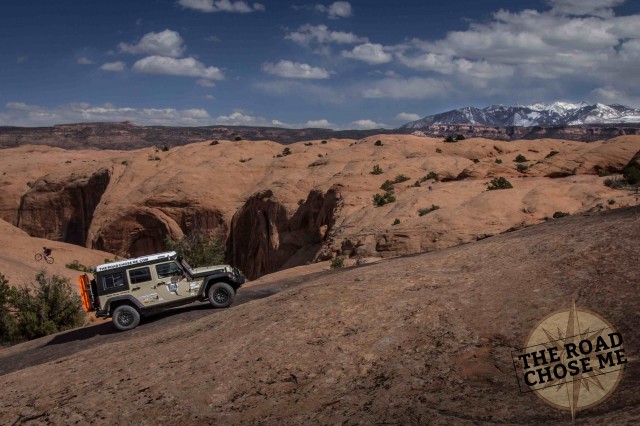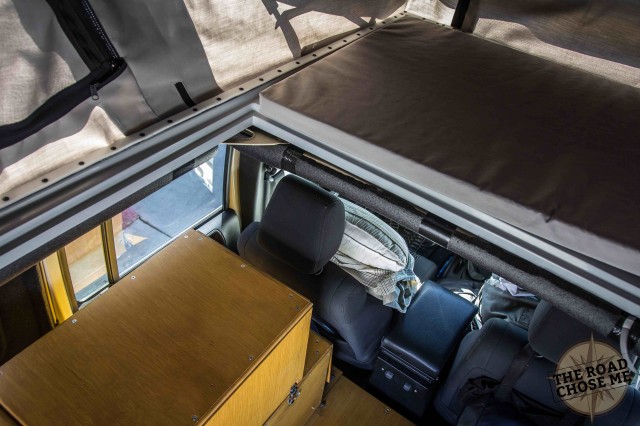Driving a Jeep Wrangler 40,000 miles from Alaska to Argentina on the Pan-American Highway taught me more than I ever could have imagined. It taught me a lot about exploring and living out of a vehicle, what I’d want in a future rig, and where I want to explore next. It taught me the exhilaration of exploration in a foreign country, learning a new language and meeting all kinds of different people. More than anything else, my adventure taught me I want to keep exploring new countries and continents, and I want to do it with my own vehicle.
Now, after years of planning and saving, I’m setting out in my 2011 JK Unlimited Rubicon to circumnavigate the entire African continent. I will travel overland through roughly 30 African countries and cover 80,000 miles over the course of 2 years, plus or minus. The political situation in North and North-Eastern Africa seems to change daily, so I will have to remain flexible and open to any possibility when that part of the journey comes. Finding a way out of Africa may wind up being the biggest challenge!
My little 2 door TJ had zero mechanical issues from Alaska to Argentina, making it by definition the perfect vehicle. Even completely stock it never struggled in the sticky South American mud. I loved that little Jeep and had a hard time parting with it in Buenos Aires at the end of the last adventure. The reliability alone made it an easy choice to again go with a Jeep Wrangler, though this time with a couple of modifications I feel are key to an adventure of this duration. After all, a two year trip isn’t a holiday, this is my life and the Jeep will be my house.
While driving the Pan-American Highway I met people from all over the world riding motorbikes and driving every kind of vehicle imaginable – from stock family sedans to half a million dollar Unimogs with portal axles and multiple flat screen TVs. I thought a lot about where I might explore next, and I thought a lot about how I would like to do that. It’s not surprising my mind often wandered to my wants and needs for my own future overland vehicle. Without much thought it’s obvious high clearance and strong four wheel drive are a must, as is the ability for the vehicle to fit in a standard 20 foot shipping container so it can be easily and cheaply shipped between continents.
As strange as it sounds, next on the priority list is the ability to have inside living space in a vehicle. Don’t get me wrong, I absolutely love tent camping, though as the months turned into years, setting up and taking down my ground tent night after night in the mud got old. A month of monsoons in Ecuador meant I was wringing out my sleeping bag and tent, and doing my best to dry them before the rain inevitably fell once again each day. I don’t want to live inside my vehicle all of the time, but I do want to have that option when the weather is horrible, the mosquitos are nasty or I simply don’t feel safe and choose to escape the world for a night. Along with that interior space will come improved sleeping – a better mattress up out of the mud and (hopefully) out of reach of any lions.
Ramen noodles and tinned soup are great for a weekend trip, though very far from ideal on a two year journey. The ability to store and cook better quality food was also high on the list, so I’ve mounted a Dometic 35L fridge behind the front passenger seat where I can reach it from the drivers seat. With a fridge comes dual isolated Optima batteries, and a solar setup from Renogy Solar to extend the time I can run the fridge without starting the engine. I also designed and mounted a 45L drinking water tank underneath between the exhaust and driveshaft, and mounted a 12v pump, 0.5 micron filter and UV treatment lamp inside. With this setup I should be able to safely onboard water even from questionable sources without worry.
I expect to encounter road conditions much worse than in the Americas, so I’ve added an AEV 2.5” lift and bumpers, Warn Zeon 10-S winch and I’m carrying ARB recovery gear and a snatch strap from Voodoo Offroad. I chose a Rubicon for the additional capability of the front and rear lockers, and the extra low-range transfer case. I’m also carrying Maxtraxx and a Hi-Lift Jack to aid in self-recovery. Given that I had 16 flat tires from Alaska to Argentina, mounting an ARB compressor under the hood was an easy decision. I’m also carrying plenty of tire-related spares and tools to hopefully prevent multiple flat tires leaving me stranded. For additional storage and security, I added a steel console and glove box from Tuffy.
My JK Wrangler is equipped with the stock 3.8 V6 gasoline engine. Gas availability in Western Africa will be a little trickier than diesel,though my research says I should be fine. To add additional range I’ve mounted a 52L tank to the AEV rear tire carrier, made by Titan Tanks. This tank is extremely durable, and comes with a siphon hose to move the petrol into the stock Jeep tank. With the two tanks combined, I can carry a total of 35 gallons of gas, giving a range of approximately 650 miles. Depending on where I choose to go, I may at times carry an additional Jerry can, especially through the Serengeti.
From the beginning I didn’t want the added weight and wind resistance of a roof rack and roof top tent on my Jeep. All that weight up so high seems counter-productive to me, and I still would have to go outside the Jeep to get into the tent, defeating my whole “interior living space” plan. Ursa Minor in San Diego make a replacement hard top for the Jeep JK Unlimited (4 door) which is a pop up camper, called the “J30″. The stock Jeep hard or soft top is taken off, and the new top takes it’s place. The replacement hard top camper bolts directly onto a stock Jeep with absolutely zero modifications required, and has access hatches above the rear seat for climbing up into the sleeping section. It weighs around 120lbs. more than a stock 4-door hard top, and adds only 6 inches in height.
I’ve customized mine with the help of Ursa Minor, moving the factory roll bar out of the way into the corners of the top, and opening up the rear access hatch so I can stand up and walk around in the entire rear area of the Jeep. My dream of interior living space has turned out much better than I ever imagined possible.
Wheel and tire choice for this trip is extremely important. I need as much capability as possible, without negatively impacting mileage and therefore range. For wheels I’ve chosen to run the Mopar Winter Steel Wheels, primarily because they can be beaten back into shape with a sledge hammer in the event of damage. My chosen tire is the BFGoodRich KO2 All Terrain in 34×10.5r17. This is BFGs latest A/T design, and at that size they are almost identical in width to the stock 255s Mud Terrains, and add almost 2 inches of height. They have performed impressively so far in mud, rocks and slushy snow on Canadian highways.
A highlight from my last trip was the map of the Americas I painted on the hood, and the yellow line I painted as the trip unfolded. It was a phenomenal way to convey what I was doing, and people seemed to rally around it. More than a few military checkpoints ended with multiple people crowded around the hood as I explained where I’d come from and where I was going. After handshakes all around I was bid a safe journey and sent on my way.
Adding a map of Africa to the hood was an easy decision, and I will again be painting my route as I move through the journey.
You can follow Dan on his big adventure by visiting his website and social media channels.
Facebook – Instagram – Twitter – Youtube
Watch the video below to learn more about Dan, his unique Jeep, and his forthcoming lap around Africa.
https://www.youtube.com/watch?v=2XKYjxig8PY



